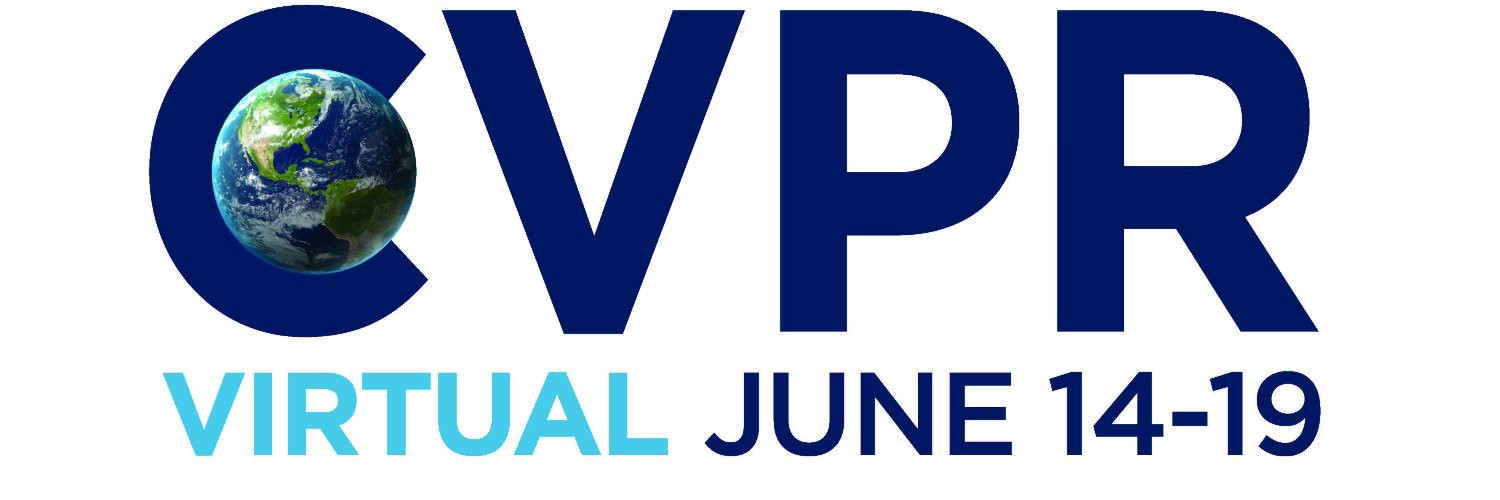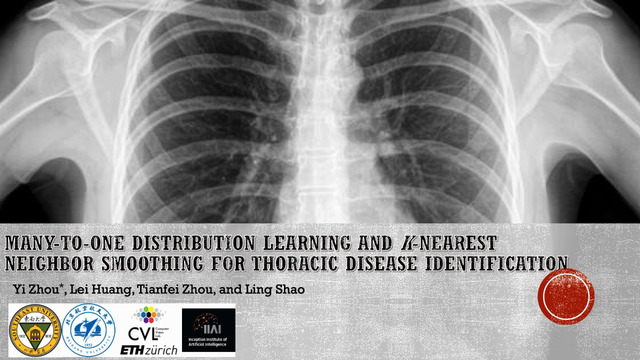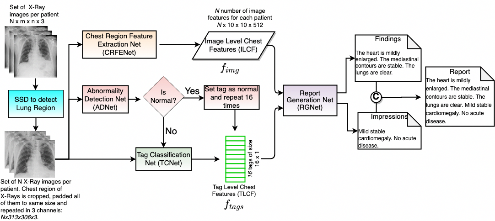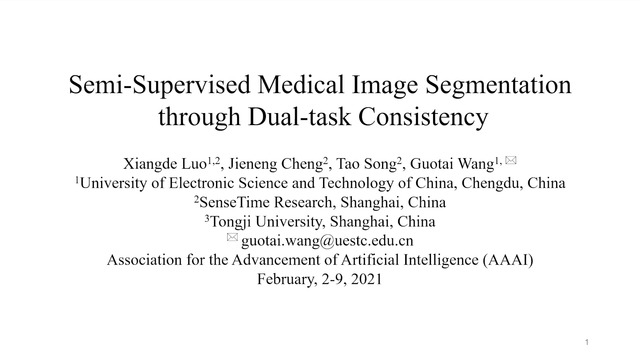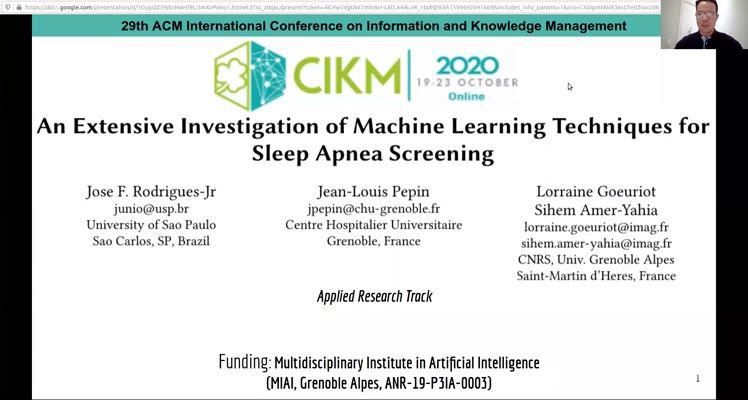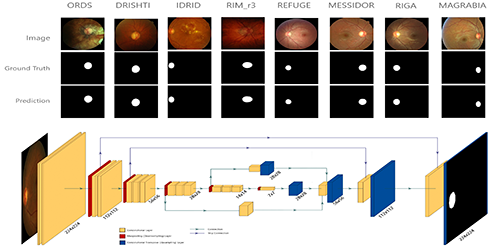Abstract:
Mammogram mass detection is of great clinical significance due to its high proportion in breast cancers. The information from cross views (i.e., mediolateral oblique and cranio-caudal) is highly related and complementary, and is helpful to make comprehensive decisions. However, unlike radiologists who are able to recognize masses with reasoning ability in cross-view images, most existing methods lack the ability to reason under the guidance of domain knowledge, thus it limits the performance. In this paper, we introduce bipartite graph convolutional network to endow existing methods with cross-view reasoning ability of radiologists in mammogram mass detection. The bipartite node sets are constructed by cross-view images respectively to represent relatively consistent regions in breasts, while the bipartite edge learns to model both inherent cross-view geometric constraints and appearance similarities between correspondences. Based on the bipartite graph, the information propagates methodically through correspondences and enables spatial visual features equipped with customized cross-view reasoning ability. Experimental results on DDSM dataset demonstrate that the proposed algorithm achieves state-of-the-art performance. Besides, visual analysis shows the model has a clear physical meaning, which is helpful for radiologists in clinical interpretation.

